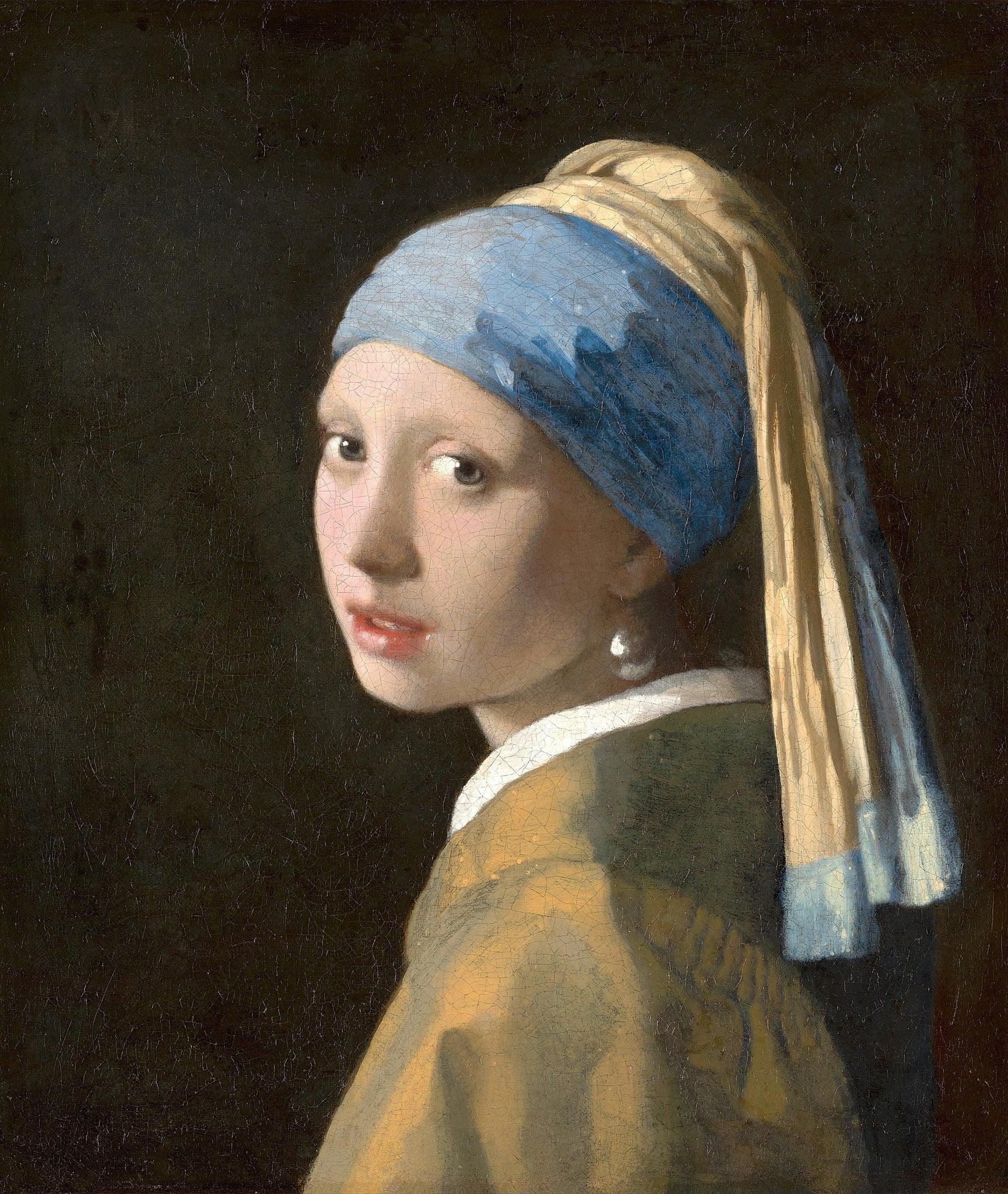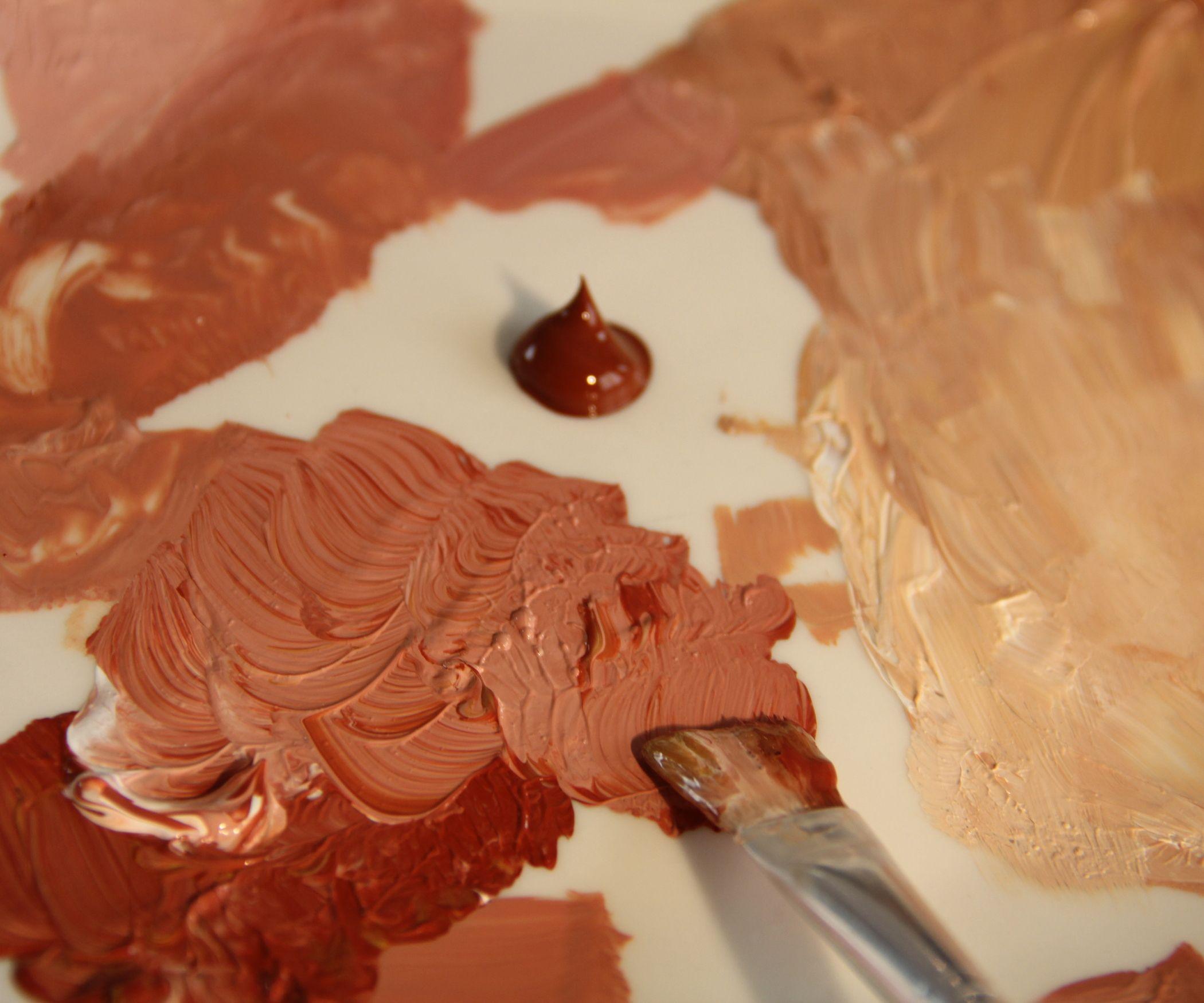Henry Moore is one of the greatest sculptors of modern art, creating three-dimensional artworks out of wood, bronze, and stone. Moore also led a new sculpture vision, putting him under the spotlight in the 1990s. Moore's sculptures, carvings, and drawings are still exhibited in private collections and museums for art lovers worldwide.
Who is Henry Moore?
Henry Moore was born in a small town in England in 1898. Moore realized his ambition for art during the First World War army and decided to enroll in an art school. Later he was accepted to the Royal College of Art, London. In the mid-1990, Moore studied past and contemporary artworks and developed his unique style.
Moore's works and unique style inspired many modern artists worldwide and made him one of Europe's most famous avant-garde sculptors. War themes and marks were apparent in his early works, especially in "Shelter Drawings," a sensitive yet robust response to the War, one of his most famous artworks. Regarding the outstanding public interest in this work, Moore became an official war artist.

What Was Henry Moore's Inspiration?
Every artist needs inspiration, so art lovers wondered what or who inspired Henry Moore's phenomenal artworks. Many artists don't share their inspiration, whereas Moore personally shared it in many of his quotes. Henry Moore's sculptures and studio can also explain what inspired him the most. Here are some of them:
- Human figures dominate most of Henry Moore's works. One feature that makes Moore ahead of his contemporaries is that he skillfully transfers human figures, which he combines with different concepts and elements, to bronze and stone.
- Moore examined many skulls and bones at his studio to perfectly illustrate the animal and human body in his artworks

- Moore thought that nature talked to him and collected stones, sticks, and shells to carve different sculptures from them. He said he found the hidden gems inside these stones and brought them to life by telling their story.

- Moore's works showed that an ordinary landscape everyone sees daily can become an art piece thanks to an artist's imagination. The topography also inspired Moore. He said a giant rock inspired him in Adele Woods, Yorkshire, which he named Adele Rock.

- Moore studied at the London Royal Academy of Art in the 1920s, where he learned realistic human descriptions in sculpture. Back then, he spent much of his time on British Museum exhibitions
- Moore saw sculptures from Mexico, Africa, and Ancient Egypt at these exhibitions, different from the ones at school. These exhibitions primarily shaped Moore's artworks. His predecessors didn't care much about depicting humans hand to mouth.

All artists have different inspirations and styles adorned in their artworks. Artchi artists inspire their sculptures with modern art movements and their pure imagination. In Artchi, we bring together local artists and meet their paintings, neon art, and glass art pieces with art lovers.
Henry Moore Drawings
Artists draw and outline their pieces and visualize abstract ideas to bring them to life. Henry Moore was widely known for his sculptures. Still, he also had drawings that he mainly used to outline his sculpture ideas, visualize his imagination, and transform rocks and stones into figures.
Henry Moore made sculptures displaying the inside and outside of objects back in the 1930s. These sculptures were more complex than his other works and required more fine craftsmanship and a longer outlining process than others. So, Moore took advantage of drawing to outline these sculptures.

Henry Moore's artworks were so famous in his days and were exhibited in galleries and streets in the early 1900s. Moore's talent for replicating natural elements like bones, shells, rocks, or human figures; and carving them into glorious art pieces make him famous for generations. Many of his works were a source of motivation for citizens suffering from War.
Moore could not find materials for sculptures during World War II, so he mainly focused on sketching. In those days, Moore formed colored drawings depicting London people who bravely defended their city against the enemy. These drawings motivated the London people, making Moore a prominent war artist in WW2.

Shelter Drawings:
- Pink and Green Sleepers
- Four Grey Sleepers
- Tube Shelter Perspective
- Two Sleepers
- Woman Seated in the Underground
- Row of Sleepers
- Seated Mother and Child
Other drawings:
- Man making his world
- Sketches of motionless figures
- Death of Mira
- Pandora and the Imprisoned Statues
- Twilight Landscape and Prometheus Defiant

Tapestries:
- Two women winding wool
- Three leaf figures
- Colour composition with half moon
- Draped reclining figure
- Reclining figure: Bunched
Textiles:
- Piano
- Fruit and flowers
- Two standing figures
- Zigzag
- Caterpillar and insect wings
- Treble clef, zigzag and oval safety pins

Graphics:
- Catalog of graphic work
- Stones
- Sketchbook 1928: The West Wind Relief
- Animals in the zoo
- Mother and child
Sculptures:
Henry Moore designed sculptures for over 70 years, from 1915 to 1986. You can see Moore's sculptures in Henry Moore Studios & Gardens in Hertfordshire, UK. Here are some of his sculptures.- Reclining Figure
- Family Group
- Oval with points
- King and queen
- Recumbent figure
- UNESCO Reclining figure
- Nuclear energy sculpture
- Knife edge two-piece
- Maquette for seated woman
- Spindle piece
- Large two forms
- Draped reclining figure
- Man enters the cosmos
- Locking piece
- The arch
- Figure in a shelter
- Upright motive no.1: Glenkin Cross







Leave a comment
All comments are moderated before being published.
This site is protected by hCaptcha and the hCaptcha Privacy Policy and Terms of Service apply.